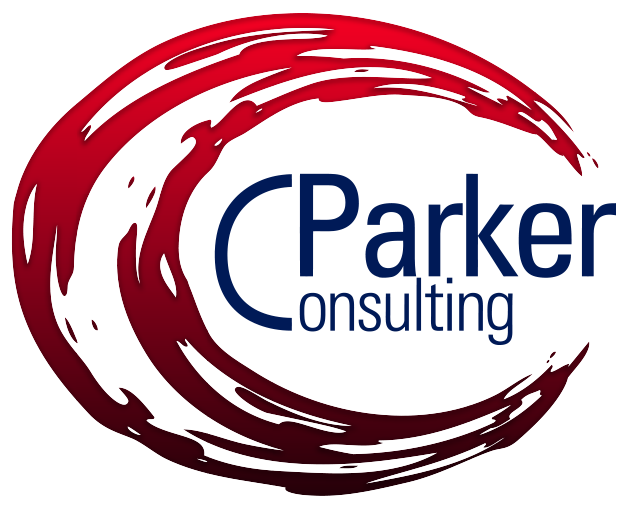C-Series: “2 Weeks!”
/Author: Cara G. Parker, President/CEO of C Parker Consulting, Inc. (CPC)
Do you remember the 1980s movie starring Shelley Long and Tom Hanks, “The Money Pit?” If not, check it out. The famous line from that movie is…”two weeks!” The premise was that any question asked in the movie had one answer – “it will be ready in 2 weeks!” Well, guess what? - in 2 weeks, it’s January 1, 2018! So, my question for you: “Is your business ready for 2018 in 2 weeks?”
I polled women serving in a variety of roles recently and asked them what their plan was in 2 weeks – In other words, what are they focusing on in the new year? Below are a few of the responses I received:
President of a Member-based Association:
· Implement the exciting new strategic plan recently created
· Continue to mentor the staff to embrace challenges and stretch for personal growth
Leadership Development Legal Professional:
· Launch a mother/daughter leadership retreat at Green Acres Farm in Cape May, New Jersey
· Launch our Level II Management Development Series for Legal Managers
Director of large U.S. Based Shipping and Transportation Company:
· Achieve a better work/life balance through eliminating non value-added activity
· Take my department to a new level by implementing learning in ways our employees can get their learning when, where and how they want it
Manager in Analytics:
· Become a better storyteller, as I believe this will help me in the work I do with individuals, teams, and organizations
Owner of a Financial Services Institution:
· Develop more systems and processes for workflow. With the ultimate goal of passing off work to others [delegation], I'd like to create written documentation and procedures for others to follow. That way, at least there are some guidelines for how the work goes through the channel.
Cara’s:
· Earn a new certification in my career field
· Start-up a leadership institute
What impressed me the most that when I put out the poll, these women responded immediately. This speed tells me the most productive women are the ones that haven’t waited with only 2 weeks left to develop their 2018 plan. It’s been in the works for quite some time. And my guess is, they have already started working it.
In the next 2 weeks, I encourage you to think about your plan for 2018 – both personally and professionally. If you don’t know where to start, steal one of the goals above. If you need further inspiration, most goals focus on areas like: financials, customer service, process improvement, marketing, learning and development, or philanthropy goals. Once you develop your goals, write them down and send them to me via my website [below]! I commit to helping you stay accountable through a gentle check in throughout the year. That will be one of my 2018 goals!
Happy New Year and here’s to a productive 2018!
C Parker Consulting, Inc. is a strategic planning and leadership development firm located in downtown Fredericksburg, Virginia. Check us out at: www.cparkerconsulting.com
Perpetual Movement Toward Your Success!






